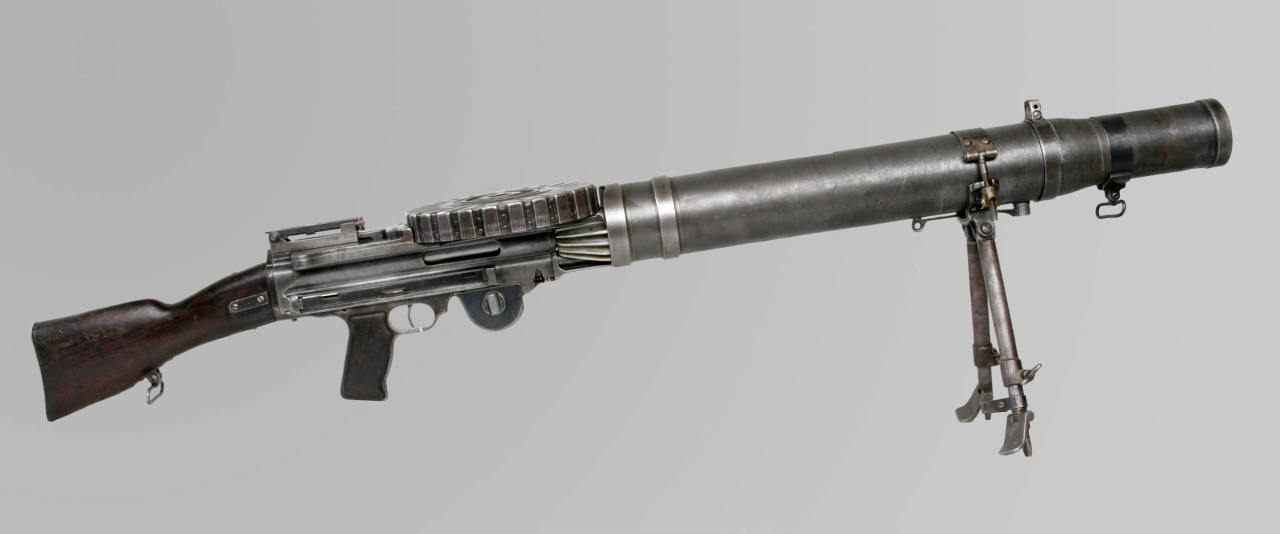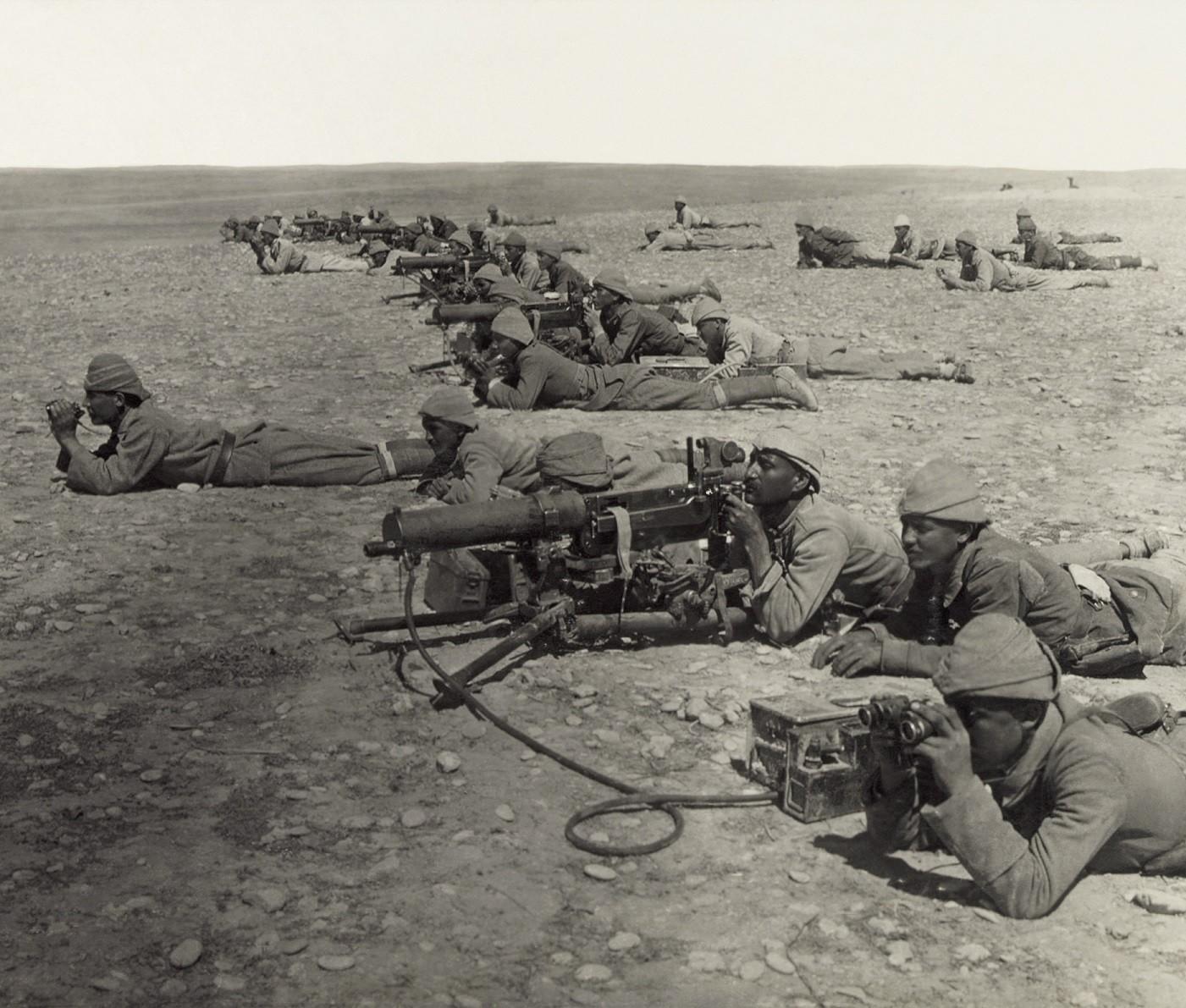Depending upon the gunner and conditions, a barrel modification could be required as frequently as every 200 to 250 rounds. When the hot barrel was removed, it was reserved up until it was cool enough to utilize once again. Machine-gun groups would have as lots of as 6 extra barrels on hand.
Driving through a just recently secured area in Belgium, the sharp-eyed Liniewski spotted the abandoned weapon in a field. Liniewski then did what any unsupervised GI would have done in that position; he stopped his truck and seized the chance to snag an excellent keepsake for the folks back house. As a support soldier, Liniewski was not familiar enough with weapons to dismantle his MG-42, so he held on to it for a while up until he found a camp where German prisoners of war were being held.
The weapon stayed in the Liniewski family until 2016 when his son Marty contributed the weapon to the Museum. In spite of its propensity to get too hot, the MG-42 was an outstanding weapon that was light-years of ahead of the US counterpart, the Browning M-1919A4 gatling gun. Germany produced roughly 400,000 MG-42s throughout the war, a few of which are still in active duty.

Taken together, all these weapons offered the Red Army a more practical series of assistance weapons, much better able to challenge the Germans for fire supremacy on the battlefield. Fully detailed, this study explains the technology and the tactics of these machine weapons. Kept in mind authority Chris Mc, Nab sets out how these gatling gun were distributed and tactically used and offers numerous examples of the weapons in action, from attack teams on the streets of Stalingrad to tank teams struggling for survival at Kursk.
Some Known Facts About Did The Germans Use Lmgs During The First World War.
Illustrated with premium pictures and specially commissioned artwork, this is a deep analysis of these important tools of warfare within the Soviet forces.
Taken together, all these weapons gave the Red Army a more useful variety of support weapons, better able to challenge the Germans for fire superiority on the battleground. Totally illustrated, this study discusses the innovation and the techniques of these maker weapons. Kept in mind authority Chris Mc, Nab sets out how these machine guns were distributed and tactically used and offers various examples of the weapons in action, from attack groups on the streets of Stalingrad to tank teams having a hard time for survival at Kursk.
Illustrated with premium photos and specially commissioned art work, this is a deep analysis of these important tools of warfare within the Soviet forces.
The gatling gun company, commanded by a captain, had an assigned strength of 6 commissioned officers and 172 employed males, and carried 16 weapons, 4 of which were spares. Within the business there were 3 platoons and a head office section. A very first lieutenant led the first squad, while second lieutenants led squads two and 3.
The Best Guide To American Soldiers' Use Of Weaponry In World War I


Within each section were 2 weapon teams, each with one weapon and nine guys, led by corporals. The weapon team had one combat cart, pulled by a mule, to transfer its gun and ammunition as near the shooting position as enemy fire permitted. From there the crews moved the weapons and ammunition forward by hand.
It had just two companies, identical to the other device weapon business in terms of workers and weapons. Each weapon team used an unique motor automobile to carry its workers, weapon and devices.
In this function the weapons were positioned 300 to 1000 meters to the rear of the front line. When they employed their weapons because style, the device gun officers typically faced opposition from the rifle company commanders, who preferred to have the weapons further forward, fearing that their infantrymen would be at risk of stray low rounds as they advanced under the overhead machine weapon fire.
They soon discovered that the machine guns were high top priority targets for opponent fire, and that it was useful to have the weapons at some distance from the infantry positions. Because enemy gatling gun postured the biggest danger to the attacking troops, the machine weapon teams made every effort to locate the enemy weapons and to focus their fire upon them.
The Basic Principles Of Ww1 Machine Gun Vs Propeller
A proportion of the guns was kept back as a reserve under command of the device weapon officer. 6Machine gun tactical doctrine determined that in the defense the Hotchkiss guns should just rarely lie within 100 lawns of the front line which at least two-thirds of the weapons must be echeloned back through the entire protective position, located so that surrounding weapons would be mutually supporting.

7 To find other functions on the check out our THE DOUGHBOY CENTER wishes to continuously broaden this feature. Additions and talk about these pages may be directed to:.
I was impaled on this. My only worry was that he would push the trigger which would have made a hell of a mess. In the meantime, my sergeant who was near he saw me; came in close; shot the fellow and after that hoisted me, with the help of another male, off the bayonet.
He was dead and it wasn't pleasant. A bayonet injury straight it goes in it injures and the withdrawal is probably even more distress than the 'putting in' because the 'putting in' is immediate. Another type of weapon was the trench club. These might be employed on trench raids and in close quarter combating.